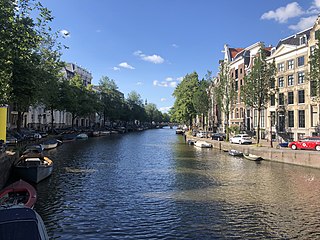
The Keizersgracht is a canal in Amsterdam, the Netherlands. It is the second of the three main Amsterdam canals that together form the Grachtengordel, or canal belt, and lies between the inner Herengracht and outer Prinsengracht.

Gerrit Reynst was, like his younger brother Jan (1601–1646), a Dutch merchant and art collector from Amsterdam, with his brother owner of the Reynst Collection. He was an alderman and member of the town council, entering it in 1646.
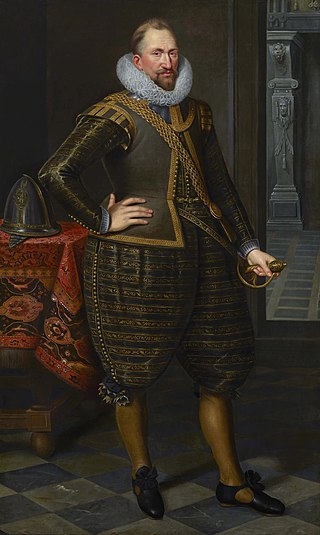
Gerard Reynst was a Dutch merchant and later the second Governor-General of the Dutch East Indies.
Jan Reynst was a Protestant Dutch merchant in Amsterdam and, with his elder brother Gerrit, an art collector and owner of the Reynst collection.

Cornelis de Graeff, often named Polsbroek or de heer van (lord) Polsbroek during his lifetime, was an influential regent and burgomaster (mayor) of Amsterdam, statesman and diplomat of Holland and the Republic of the United Netherlands at the height of the Dutch Golden Age.

The Admiralty of Amsterdam was the largest of the five Dutch admiralties at the time of the Dutch Republic. The administration of the various admiralties was strongly influenced by provincial interests. The territory for which Amsterdam was responsible was limited to the city itself, the Gooi region, the islands of Texel, Vlieland and Terschelling, the province of Utrecht and the Gelderland quarters of Arnhem and of the Graafschap (county) of Zutphen. Amsterdam had developed into the most important of all the admiralties and often compensated for the other admiralties' deficiencies. When the "Committee for Naval Affairs" replaced the Admiralty Colleges on 27 February 1795 during the reforms by the Batavian Republic, the lower civil servants were kept on, but the officers were dismissed.
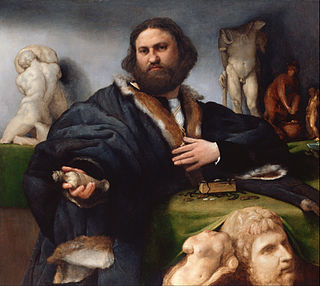
The Reynst Collection, probably the most extensive Dutch 17th-century collection of art and artefacts, was owned by the Dutch merchants Gerrit Reynst and Jan Reynst. The collection was put on display in their house at the sign of Hope on the Keizersgracht in Amsterdam. It consisted of over 200 Italian paintings and over 300 sculptures, most of them ancient Roman. There were other antiquities: ten sepulchral monuments, five votive reliefs, nine cinerary urns, "Etruscan" vases, and Christian objects, as well as engraved gems. The collection was dispersed in the 1660s and 1670s, after both brothers had died, and Gerrit's widow sold parts to various buyers.
Cornelis Geelvinck was important in the city administration of Amsterdam that arose after stadholder William III came to power in 1672, both as administrator, and as mayor in the years 1673, 1675, 1684, 1688 and 1689.
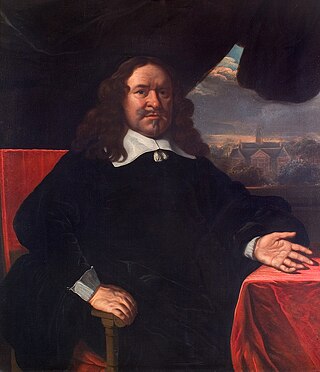
Joan or Johan Huydecoper van Maarsseveen, knighted lord of Maarsseveen, was an important merchant, financial expert, property developer active in Amsterdam and a director of the Dutch East India Company during the Dutch Golden Age. The republican minded Huydecoper was an influential member of the Dutch States Party, diplomat and six times mayor of Amsterdam. He was together with Cornelis de Graeff one of the initiators of the construction of the new town hall of Amsterdam and was a prominent patron of the arts and art collector. Beside Maarsseveen he held the feudal titles of Neerdijk, Thamen and Blockland. Huydecoper is representative of the love of art, political influence and welfare in the Golden Age.

Gillis Valckenier (1623–1680) was nine years burgomaster of Amsterdam: in 1665, 1666, 1668, 1670, 1673, 1674, 1676, 1678, 1679. He had a strong personality, but changed allies as a real opportunist.
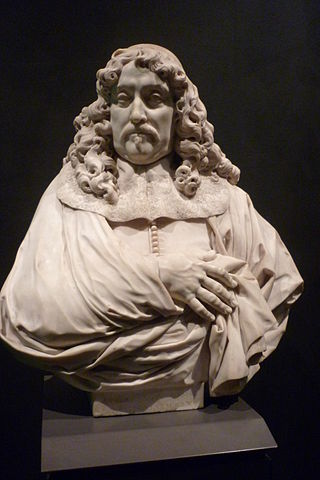
Andries de Graeff was a regent and burgomaster (mayor) of Amsterdam and leading Dutch statesman during the Golden Age.

Pieter de Graeff was a Dutch aristocrat of the Dutch Golden Age and one of the most influential pro-state, republican Amsterdam Regents during the late 1660s and the early 1670s before the Rampjaar 1672. As president-bewindhebber of the Dutch East India Company, he was one of the most important representatives and leaders of the same after the Rampjaar.

KnightCornelis de Graeff was a Dutch nobleman and a water board member of the Zijpe and Haze Polder.

Bicker is a very old Dutch patrician family. The family has played an important role during the Dutch Golden Age. They led the Dutch States Party and were at the centre of Amsterdam oligarchy from the beginning of the 17th century until the early 1650s, influencing the government of Holland and the Republic of the United Netherlands. Their wealth was based on commercial transactions, and in their political commitment they mostly opposed the House of Orange.

Lambert Reynst (1613–1679) was a Dutch regent and politician of the Golden Age. Born in Amsterdam, he belonged to the "republican" Dutch States Party.
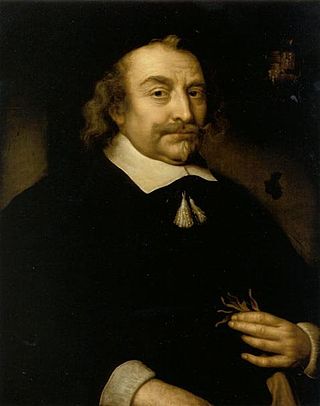
Cornelis Bicker van Swieten, heer (lord) van Swieten, was an Amsterdam regent of the Dutch Republic during the Golden Age. He traded in sugar, was a governor of the Dutch West India Company and director of the Wisselbank. He was schepen, hoogheemraad of the Hoogheemraadschap van Rijnland and a counsellor of the States of Holland and West Friesland at The Hague.

Gerrit Pieter Bicker (1554–1604) was a Dutch merchant, patrician, and one of the founders of the Compagnie van Verre and its successor the Dutch East India Company.
Governor Reynst may refer to:

Gerard Bicker (I) van Swieten, Lord of Swieten was a Dutch aristocrat and civil servant.





















